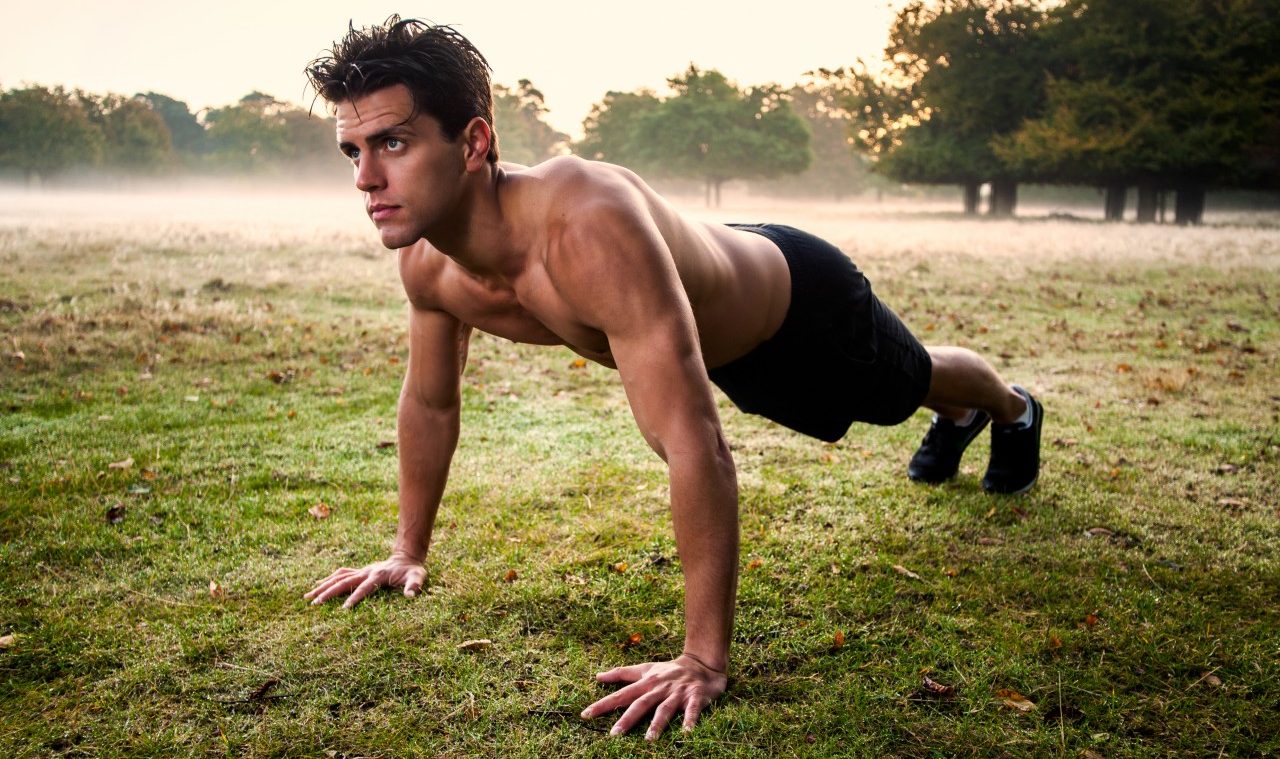Avoid Overheating While Exercising This Summer

You can suffer from fatigue and dizziness, and even cook your brain with heat stroke.
Summer and warm weather gives you the chance to exercise in the great outdoors, but with it comes the risk of overheating.
“You suffer heat stroke when your body temperature rises so high that it cooks your brain, causing you to pass out,” says sports medicine expert Gabe Mirkin, MD. “This is particularly likely to happen when you exercise, particularly in hot weather, because food is converted to energy by a series of chemical reactions, each of which release heat.”
YOU MIGHT ALSO LIKE: Don’t Overdo Exercise for Bikini Season
While you might not overheat enough to pass out, you can suffer from fatigue and dizziness in the mild form of heat exhaustion. As your internal temperature rises above 100 degrees Fahrenheit, you could also experience cramps, headaches, nausea, and vomiting.
Factors for overheating include high outside temperature and high humidity, not being in shape, taking certain medications, or exercising while you’re sick or dehydrated, Mirkin says.
Your body size, intensity of exercise, and how acclimated you are to exercising in hot weather can also determine whether you overheat and suffer debilitating symptoms.
Beating the heat takes a multi-faceted approach.
Mirkin suggests starting out slowly and gradually, increasing your pace. “This gives your body time to circulate the heat to the skin where heat can be dissipated. Drink fluids long before you are thirsty,” he says.
Once you’re thirsty, you’re already dehydrated. You could lose at least two pounds of fluids by then, Mirken says.
You should take a drink at least every 15 minutes and recognize the symptoms of rising body temperature. When your temperature rises above 102, your muscles often start to burn; when your temperature is over 104, you will usually become short of breath.
When your temperature rises above 105, you will often have signs of brain distress, such as a headache, blurred vision, ringing in your ears, dizziness, nausea, and passing out, Mirkin says.
YOU MIGHT ALSO LIKE: Does Your Sunscreen Do What It Advertises?
You should begin your workout – especially if it’s a race – already hydrated without risking over-hydration or water intoxication, which occurs when your intake of water overwhelms your intake of electrolytes.
Aim for about 1 ounce of fluids per 10 pounds of body weight at least four hours prior to exercise, says the American College of Sports Medicine. If you still feel thirsty two hours before exercising, 1 ounce per every 15 to 20 pounds of body weight should be enough.
If that doesn’t work try 7 to 10 ounces of fluid 10 to 20 minutes before exercise, says Runner’s World, which also suggests drinking a sports beverage with some electrolytes rather than plain water if your workout will be a long one – or you’re in a distance race.
If you’ve hydrated properly and still tend to succumb to the heat try pre-cooling. That involve – lowering your core temperature and improving your “submaximal” running time in the heat.
Drinking an ice slurry or cold-water immersion will work, but the ice slurry is easier and works just as well if not better according to one study.
Oddly, it’s better to drink room temperature water after exercise than a cold beverage. Drinking something cold satiates you more so you drink less.
“Exercising in the heat will always be less comfortable than working out in milder temperatures,” says the Los Angeles Times. “It also takes more preparation. You’ve got to ensure you’re well hydrated before exercise and fully hydrated after. You have to check the weather and the humidity and try to exercise at milder times of the day – and keep your pace slower and work out for short stints at summer’s start, when you’re still used to the balminess of the spring.”
YOU MIGHT ALSO LIKE: Gardening and Landscaping to Reduce Summer Stress
Updated:
April 08, 2020
Reviewed By:
Janet O’Dell, RN